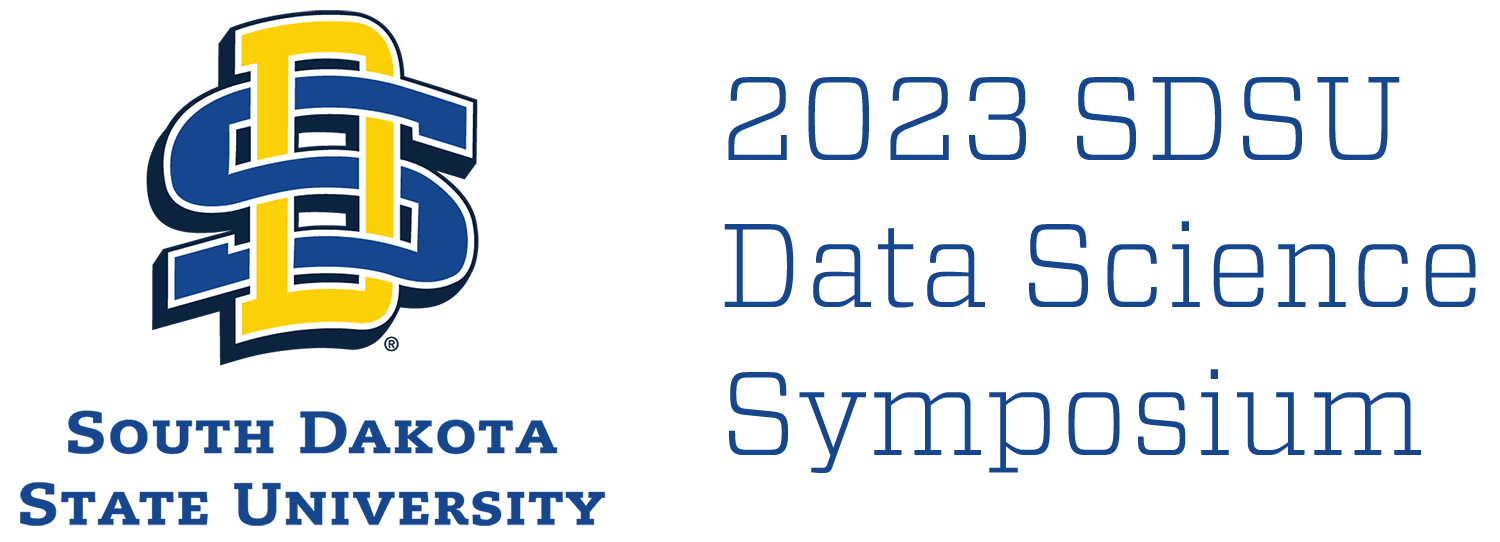Presentation Type
Poster
Student
Yes
Track
Other
Abstract
Problem - The roadway system represents a major investment, both public and private, and a valuable resource that enables mobility and accessibility to users. Due to degradation of aging infrastructure and increasing traffic, transportation agencies are seeking to effectively update or improve the system. With rising costs, tight budgets, and limited land resources, agencies are seeking effective techniques for identifying critical mobility and safety concerns. Historically, assignment of crashes to portions of the network, whether segments or intersections, has been the primary manner to link crash and road elements.
Purpose – The primary goal is to explore a potentially more efficient and effective means of developing roadway connected crash cluster identification results as an input to network screening and diagnostics. Beyond this, using the data linkages, we intend to explore crash typology (e.g., severity, collision type) distributions and clusters with respect to network (traffic and roadway) characteristics.
Nuance – The research uses GIS and spatiotemporal analysis techniques relying on crash locations as a basis rather than elements of the road network (e.g., intersections, non-intersections). The intent of the analysis is to develop crash clusters that can be flagged for further analysis and potential mitigation.
Data – Crash, roadway geometrics, and traffic data of 5 years (2015-2019) were collected for Story County of Iowa. These readily available data are being analyzed using Geospatial Information System (GIS) and some statistical models such as the Markov Switching Models (MSM). Existing methodologies will also be used to develop results that will be compared with the new methodology.
Prior Studies – There have been many network screening methods since the 1970s and the more widespread inception of computing resources. Though these methods have some advantages, they do have several shortcomings as well as detailed in the Highway Safety Manual (HSM). Due to these shortcomings, the HSM and other sources promote methods that address these shortcomings such as the Empirical Bayesian (EB) and Hierarchical Bayesian (HB) methods. Historically, assignment of crashes to segments or intersections, has been the primary manner to connect crashes and road elements. The use of GIS and spatial and temporal analysis, alternative methods for connecting crashes to the roadway network have been developed to replace the older methods like screening with additional differentiating criteria.
Impact – The primary outcome of this research is the development of a new method of generating distributions and clusters of crashes along a roadway network for use in traffic safety screening. Practitioners should be able to utilize the process to develop network screening related to their jurisdictions, given sufficient and appropriate input data.
Keywords –Transportation Engineering, Network screening, Crash rate, Spatial analysis, GIS, Iowa Data, Markov switching models.
Start Date
2-7-2023 1:00 PM
End Date
2-7-2023 2:00 PM
Included in
Spatial Data Analysis for Traffic Safety Network Screening
Volstorff A
Problem - The roadway system represents a major investment, both public and private, and a valuable resource that enables mobility and accessibility to users. Due to degradation of aging infrastructure and increasing traffic, transportation agencies are seeking to effectively update or improve the system. With rising costs, tight budgets, and limited land resources, agencies are seeking effective techniques for identifying critical mobility and safety concerns. Historically, assignment of crashes to portions of the network, whether segments or intersections, has been the primary manner to link crash and road elements.
Purpose – The primary goal is to explore a potentially more efficient and effective means of developing roadway connected crash cluster identification results as an input to network screening and diagnostics. Beyond this, using the data linkages, we intend to explore crash typology (e.g., severity, collision type) distributions and clusters with respect to network (traffic and roadway) characteristics.
Nuance – The research uses GIS and spatiotemporal analysis techniques relying on crash locations as a basis rather than elements of the road network (e.g., intersections, non-intersections). The intent of the analysis is to develop crash clusters that can be flagged for further analysis and potential mitigation.
Data – Crash, roadway geometrics, and traffic data of 5 years (2015-2019) were collected for Story County of Iowa. These readily available data are being analyzed using Geospatial Information System (GIS) and some statistical models such as the Markov Switching Models (MSM). Existing methodologies will also be used to develop results that will be compared with the new methodology.
Prior Studies – There have been many network screening methods since the 1970s and the more widespread inception of computing resources. Though these methods have some advantages, they do have several shortcomings as well as detailed in the Highway Safety Manual (HSM). Due to these shortcomings, the HSM and other sources promote methods that address these shortcomings such as the Empirical Bayesian (EB) and Hierarchical Bayesian (HB) methods. Historically, assignment of crashes to segments or intersections, has been the primary manner to connect crashes and road elements. The use of GIS and spatial and temporal analysis, alternative methods for connecting crashes to the roadway network have been developed to replace the older methods like screening with additional differentiating criteria.
Impact – The primary outcome of this research is the development of a new method of generating distributions and clusters of crashes along a roadway network for use in traffic safety screening. Practitioners should be able to utilize the process to develop network screening related to their jurisdictions, given sufficient and appropriate input data.
Keywords –Transportation Engineering, Network screening, Crash rate, Spatial analysis, GIS, Iowa Data, Markov switching models.

